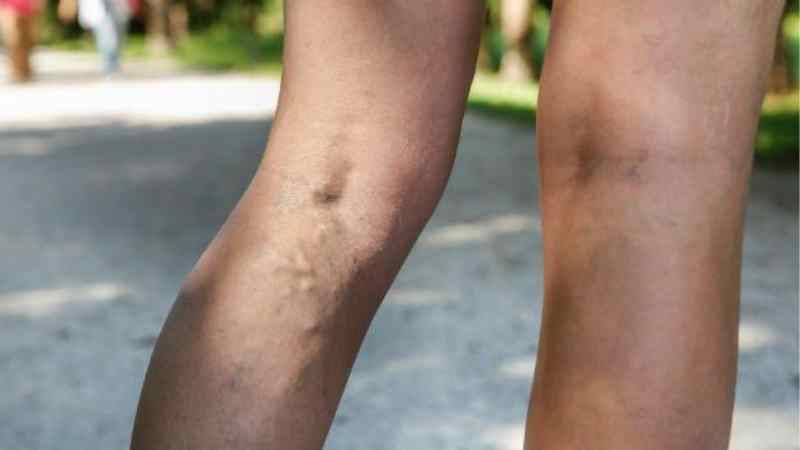Spider veins are small veins that leave blue or purple “trails” on your skin.
Spider veins are typically an aesthetic issue but sometimes may be the sign of significant underlying issues in a patient’s superficial venous system.
Many patients have associated discomfort, swelling, leg cramps and even “restless leg syndrome”. They conclude that procedures required to remove them are too invasive or painful.
What most patients do not realize is that modern, state-of-the-art vein treatments are safe, effective, comfortable and require no downtime. Many patients are surprised to learn that treatments may be coverable by insurance.
Table of Contents
ToggleWhat are some treatment options to Remove Spider Veins?
As spider veins are a progressive problem, they will generally get worse over time if left untreated.
Once patients decide to embark on a journey to legs that feel and look better than they have in years, the first step is a consultation appointment to determine if the problem is at the surface or if the spider veins are just the “tip of the iceberg”.
If the problems are at the surface itself, a few options for treatment exist.
While surface lasers or other such devices may be effective, I generally don’t suggest them as a first-line option. Generally, they are more painful, less effective and cost more than sclerotherapy.
Typically, I recommend sclerotherapy injections for veins that are still big enough to be reached via my teeniest needle…which is very, very tiny.
If the veins are smaller than that, two things can be said:
- They are probably so small that nobody will notice them at distances people typically stand near each other.
- The only other option you have are surface lasers.
Sclerotherapy truly represents the ideal minimally-invasive treatment option.
Why Treat Spider Veins with Sclerotherapy?
Sclerotherapy tends to be the most effective way of treating spider veins. A solution is gently, carefully injected directly into the spider veins under direct visualization with special magnifiers and lighting.
Once injected, the veins are coaxed into closing. Over time, the veins will slowly shrivel up and fade away. The process is very effective but often requires a series of treatments to achieve maximum efficacy.
In addition, sclerotherapy just starts a process that your body has to finish over a period of weeks to months. Healing takes time and patience.
To determine the most effective way to treat your spider veins, contact Rosen Vein Care today. We can schedule a consultation appointment to evaluate your unique needs. I can then use my experience and knowledge to tailor a comprehensive treatment plan to suit your needs.

